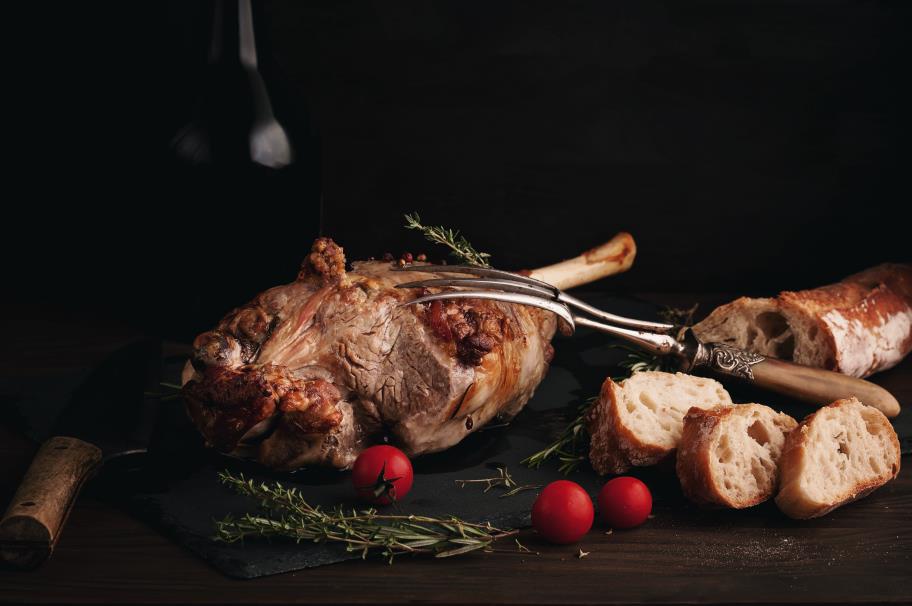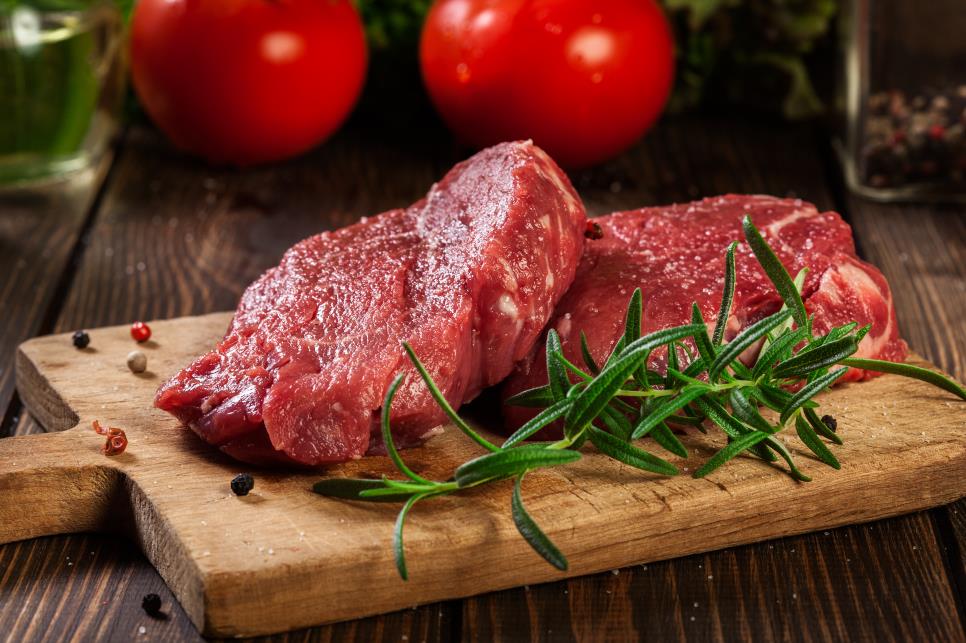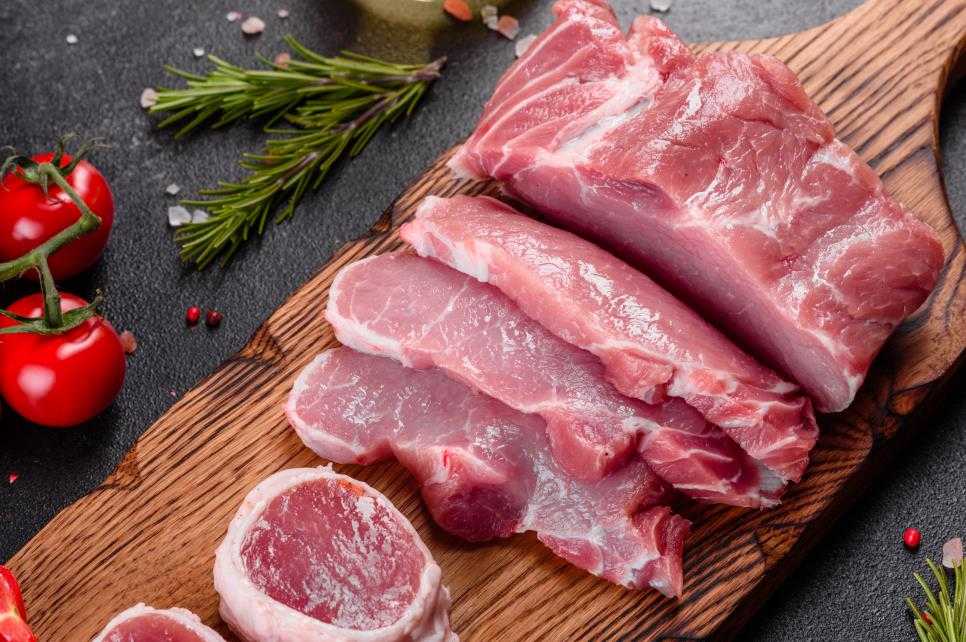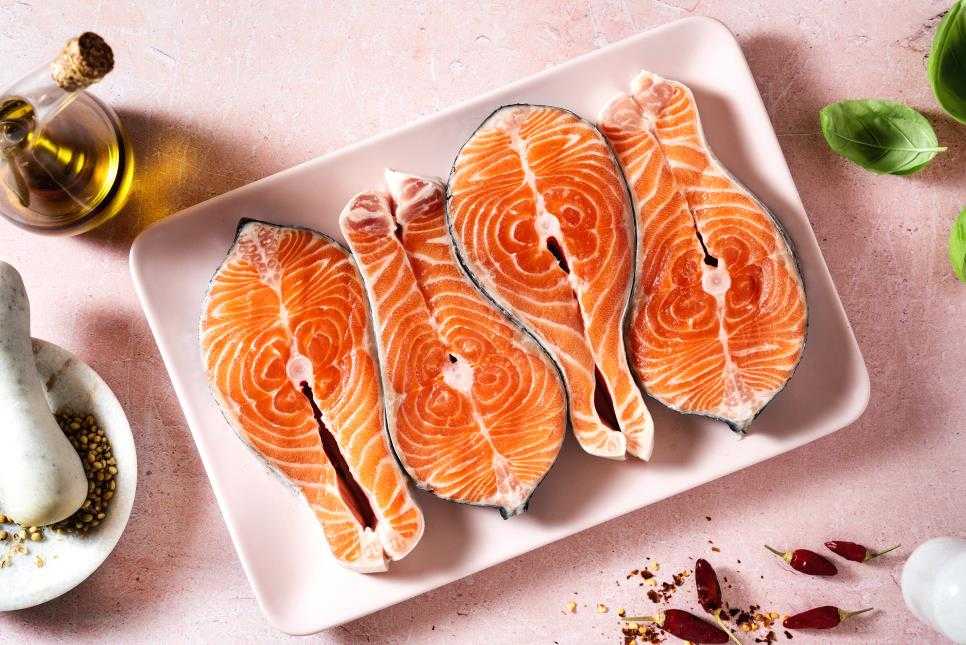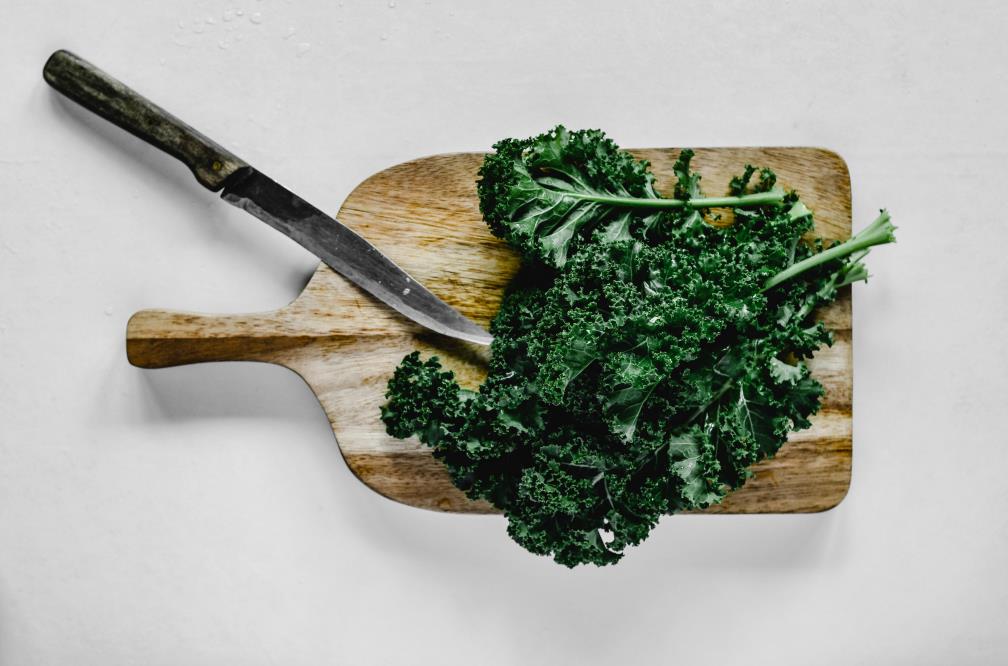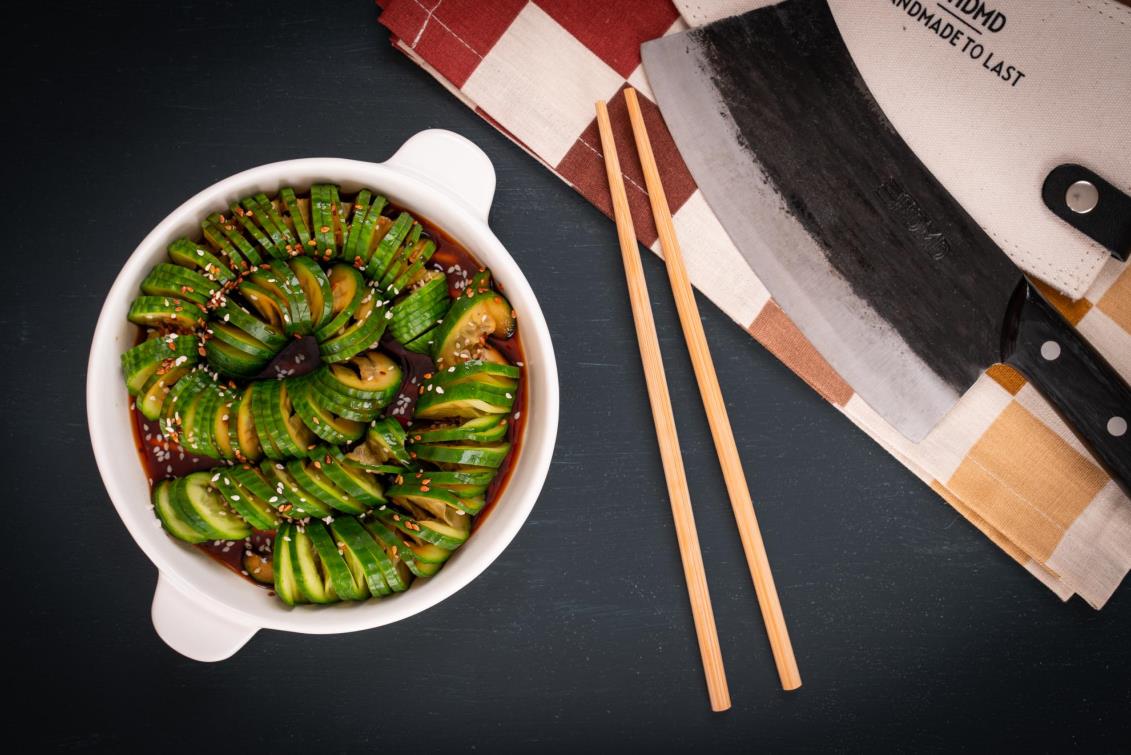While you would want most of your knives to be sharp to slice through ingredients without a sweat, some situations call for a dull knife. Intentionally dulling a blade may sound like an easy task at first, as sharpening takes time and effort, but with great steels producing knives that hold an edge quite well, it still takes some work.
Table of contents
What will a dull knife do?
Firstly, why dull a knife in the first place? The answer to this question has various explanations. After all, the type of job you’re planning to do with a dull knife may vary.
Whether it’s to pick up weeds from your garden or other duties that require a solid piece of steel that won’t cut you, your knives will become dull over time.
Regularly using a knife to prepare ingredients will dull the blade but not as quick as you may want it to be. When you need to make this process faster, you need to put your knife under harsh conditions.
How do knives get dull?
To understand why knives get dull, we first need to explain how we get a sharp edge in the first place. When sharpening a kitchen knife, metal is removed from the edge, and the steel atoms are arranged to face a single direction.
The edge bends or breaks apart as we use our knives to cut, but this happens at a microscopic level, so it’s invisible to our eyes.
The dulling process can happen even if you don’t use your knives, but very slowly. When you have a sharp edge, it’s significantly thinner than the rest of the blade.
At a microscopic level, the atoms will move from their place, creating a less organized edge that’s isn’t as sharp as it was once before.
Quick methods to dull your knife
Although you will end up with a dull knife if you don’t sharpen or hone your knife but continue using it, you can speed this up by forcing it to have a blunt edge.
Use coarse whetstone, and sharpen at a higher angle
Coarse whetstones have a high grit range with abrasive particles that can quickly sharpen a kitchen knife. That’s, of course, assuming you’re using it the right way. Holding the knife’s blade at a wrong angle can do more harm than good. In this case, that’s what we want.
However, you must be extremely careful when intentionally dulling a blade using a coarse whetstone, or you can end up with a chipped edge instead.
Dull the edge using a coarse whetstone by stroking the blade at a higher angle without putting too much downward pressure. Hold the knife at 20 to 30 degrees higher than the angle of the edge. Don’t stroke the edge flat on the whetstone. This will surely dull the blade a lot faster but risks chipping the edge.
Use sandpaper
You can utilize sandpaper to dull a kitchen knife, but you must be extra careful. If your knife is sharp, it can cut right through the sandpaper and lead to accidentally cutting yourself.
Rub the sandpaper against the edge only and avoid the other parts of the knife. Sandpaper can leave visible scratches on the blade’s body that will ruin the image of your knife.
The same as using a coarse whetstone, rub at a higher angle. You may find dulling a knife with sandpaper easier as you can rub the sandpaper flat but make sure not to put too much pressure.
Again, it’s a lot more dangerous to dull a knife with sandpaper compared to a whetstone as it can cut through it.
Rub your knife on concrete
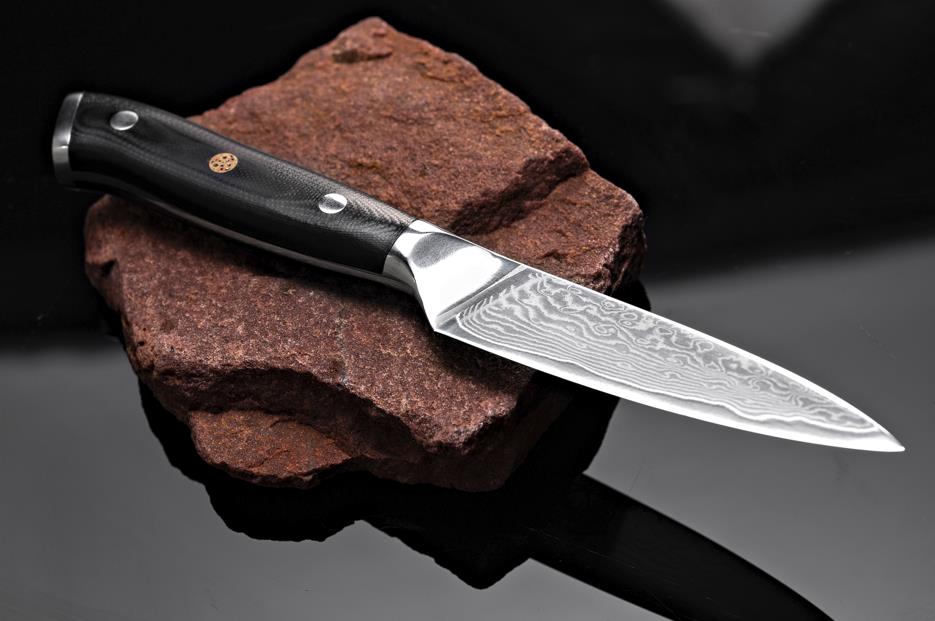
If you don’t have a coarse whetstone or sandpaper, you can just take your knife outside and rub it on the concrete. The same rules apply when intentionally dulling your knife with concrete.
Hold it at a higher angle but don’t stroke it flat. Concrete is tough, and there are tiny bumps that can result in a chipped blade. Make sure to go slow, and don’t use force.
Use your knife to cut ridiculously hard items
Every item has an intended purpose, and going beyond a kitchen knife’s use can dull the edge fast. Using your knife to cut things that it shouldn’t be cutting, like pieces of wood, copper, plastics, and other hard items can result in a dull edge in no time.
It surely won’t happen as quickly as previously mentioned methods, but you can now at least put the knives in use for things you had in mind but were tempted that it would dull it. Sounds perfect for this time!
Handpicked for you
True cutting power in the palm of your hand
Wash your knife in the dishwasher
We’ve always heard that you shouldn’t be putting your kitchen knives in the dishwasher because of the abrasiveness of the detergent, and it dulls the blade. Though this is the outcome we want, you shouldn’t put your knife in the dishwasher if it isn’t stainless steel.
Additionally, take a look at your knife’s handle. If it’s made from plastic, the outer coating may slightly melt and give you a knife that sticks to your hands every time you use it.
Know your knife and understand if washing it in the dishwasher would damage the knife or just dull the edge, then decide whether or not to use this method to dull the blade. Paired with daily use, washing your knife in the dishwasher can give you a blunt edge a lot quicker than expected.
Dull your knife from daily uses
Frequently using your knife will give you an edge that isn’t as sharp, and over time, it will become blunt to the point where you’ll struggle cutting ingredients.
Although this is a process that happens whether we want it or not, here are additional measures you can take to dull your knife from daily uses faster.
Use your knife heavily
As long as the ingredients you’re cutting are the way you want them to be in the end, use the same knife on any kitchen-related task to make it dull faster. Cut fruits, vegetables, and meats with the same knife, and soon, the edge will become dull.
Neglect sharpening and honing
Why sharpen or hone a knife that you’re deliberately trying to dull? Stop sharpening and honing to get there faster.
Stop using a cutting board
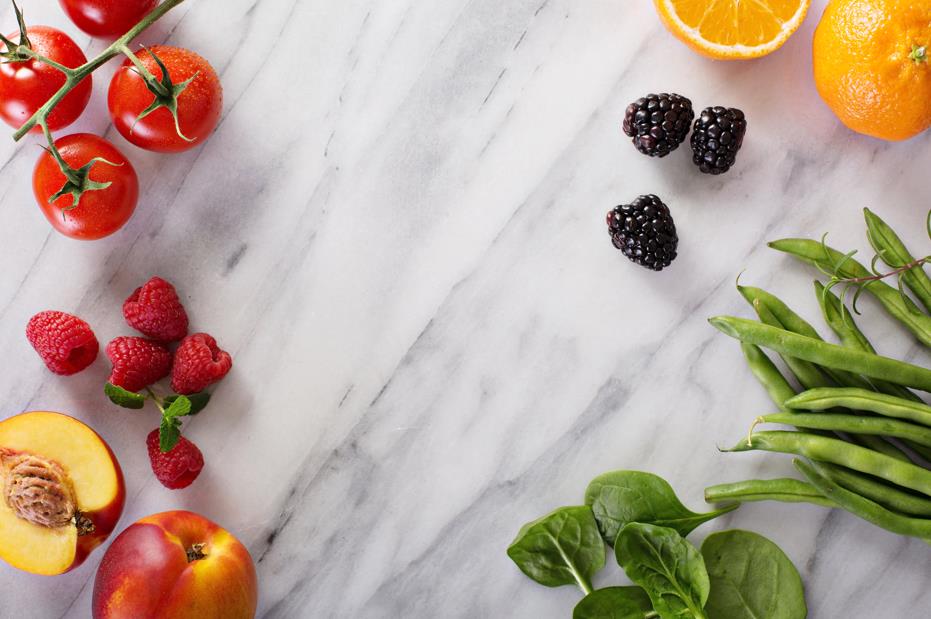
Whether plastic or wooden, cutting boards are there to help your kitchen knife maintain its sharp edge. When the cutting board disappears out of the picture, you’re most likely to be left with a surface that’s too hard for your knives, like the countertop, ceramic plates, or glass surfaces.
Cut ingredients on these surfaces that aren’t good for the edge of your knife to wear it down from daily use quickly.
Avoid using a dull knife
Working with a sharp knife is always safer than a dull knife. When blades become dull, the risk of cutting yourself is actually way higher than most home cooks believe.
Cutting ingredients using a dull knife requires force that’s often more than necessary, increasing the chances of the knife slipping and hurting you. Because of this, you might want to choose the quicker methods mentioned above for dulling your knife’s edge rather than from daily use.
FAQs
How to tell if my knife is dull?
A good way to tell if you did a great job by intentionally dulling the edge of your knife is to try cutting a tomato. If you have problems cutting and the blade goes through the inside without slicing the skin, you have a very dull knife. Another technique is lightly rubbing your thumb on the knife’s edge to see if it feels sharp, but this is only recommended to experienced cooks.
Why are my kitchen knives always dull?
Most kitchen knives are designed and built to stay sharp for as long as possible. However, some are made from softer steels that don’t have good edge retention. If your knives become dull quicker than you would expect from them, it might be time to invest in high-carbon stainless steel knives to ignore sharpening for a good while.
Can a knife be too dull to sharpen?
A blade is never too dull to sharpen. You can sharpen your kitchen knives no matter how dull they are, but it might take a significant amount of work. When sharpening a knife using a whetstone, you remove steel from the edge, creating a new one. That said, no matter how dull your knife becomes after following the previously mentioned methods, you can always bring it back to its glory.
Needing a dull knife is certainly a unique situation that doesn’t happen often. Most cooks won’t even dare to try any of the methods mentioned above because of the relationship they have with their knives.
At HDMD Knives, we pride ourselves on bringing handmade kitchen knives at an affordable price so that everyone can look forward to cutting with their knives rather than seeing it as a chore before cooking. Visit our handmade kitchen knives collection to see what we have to offer.







